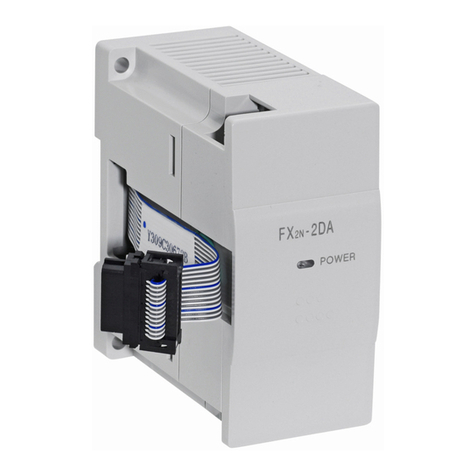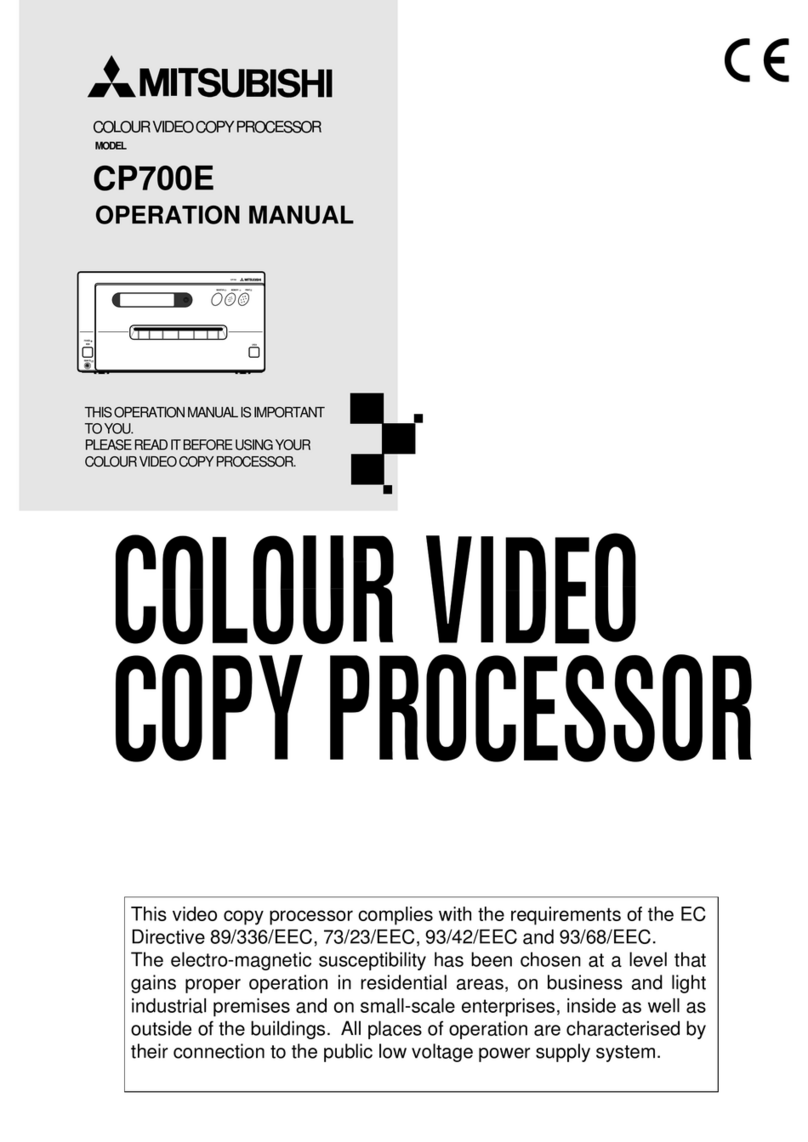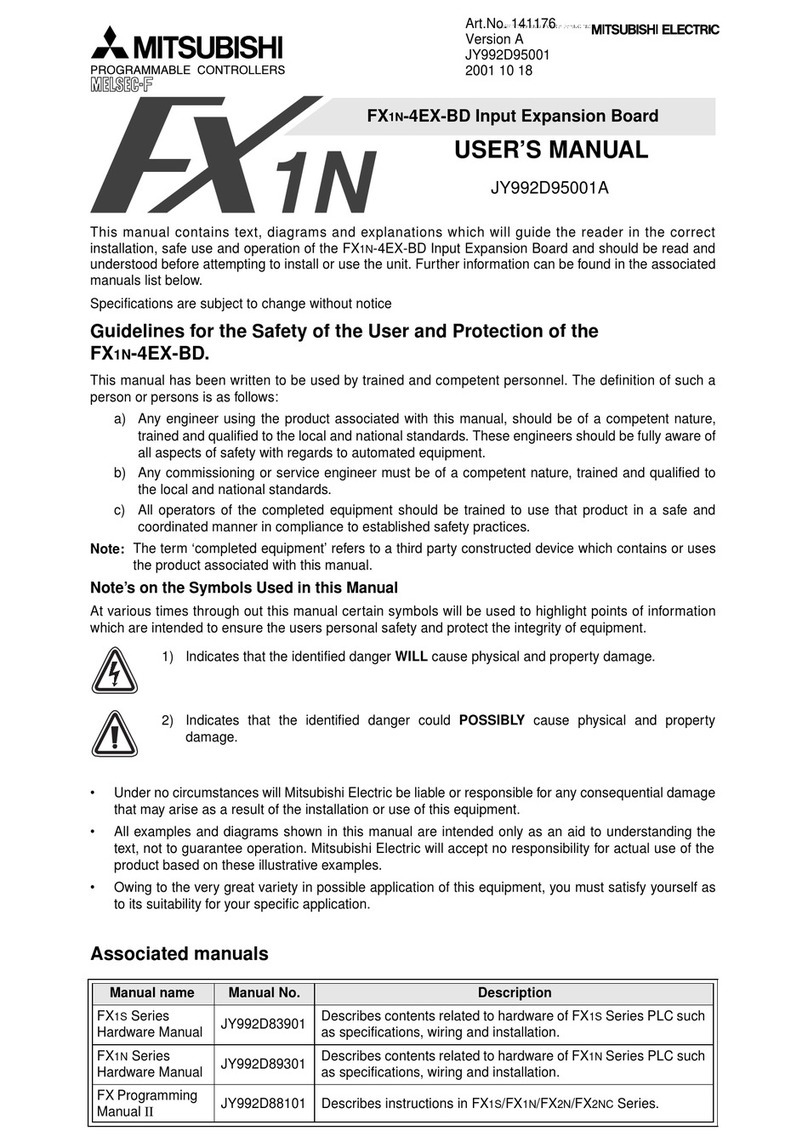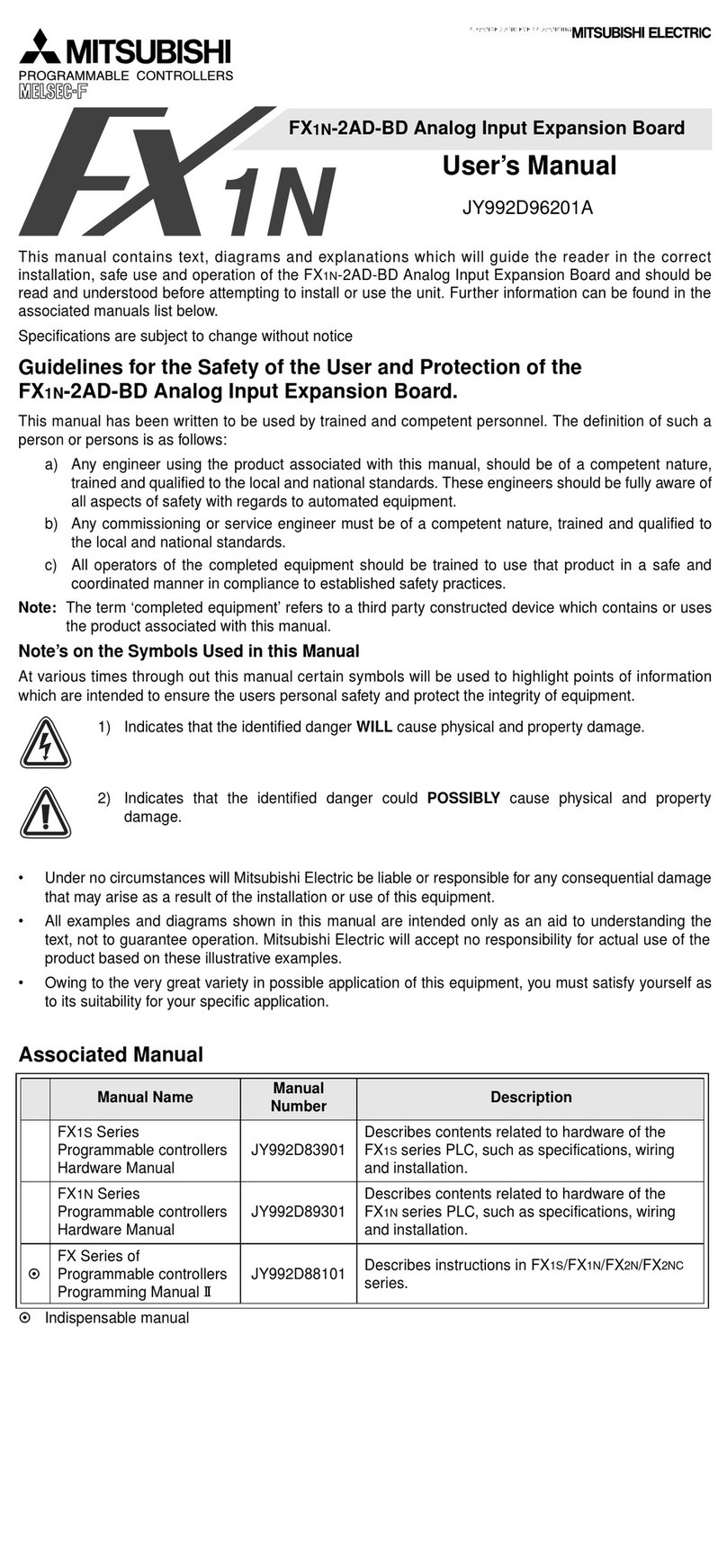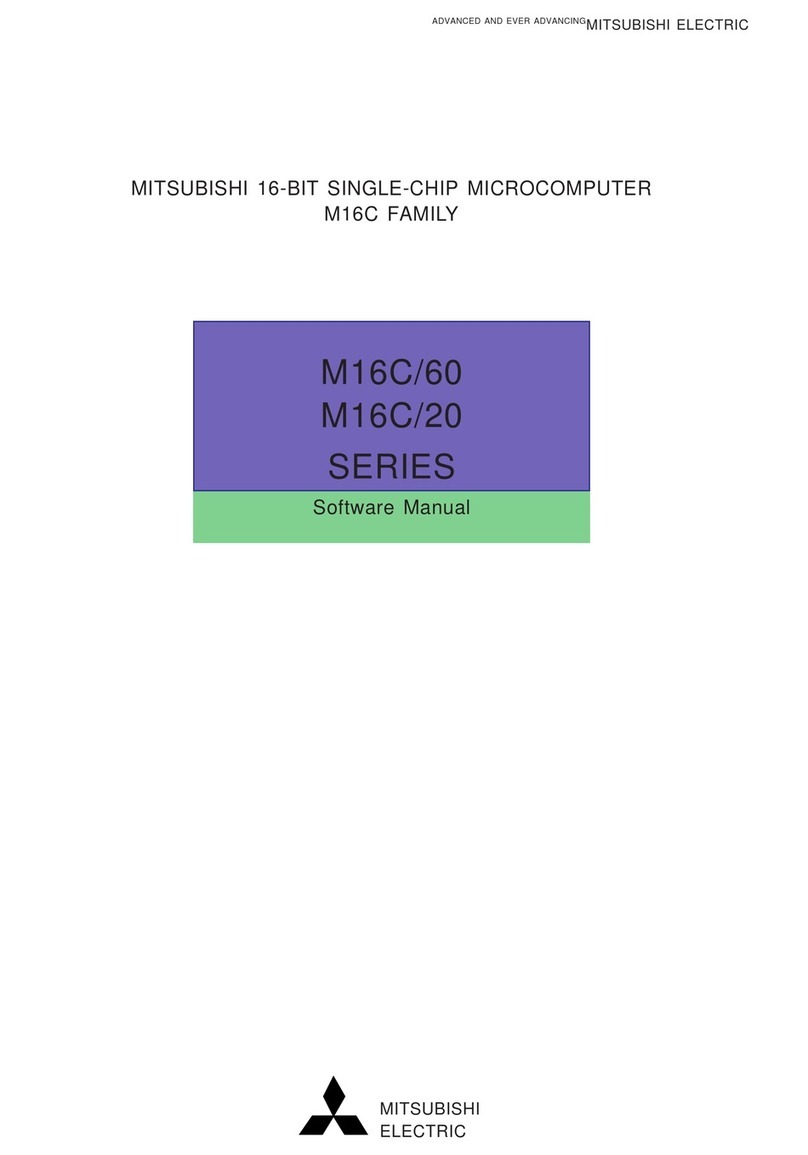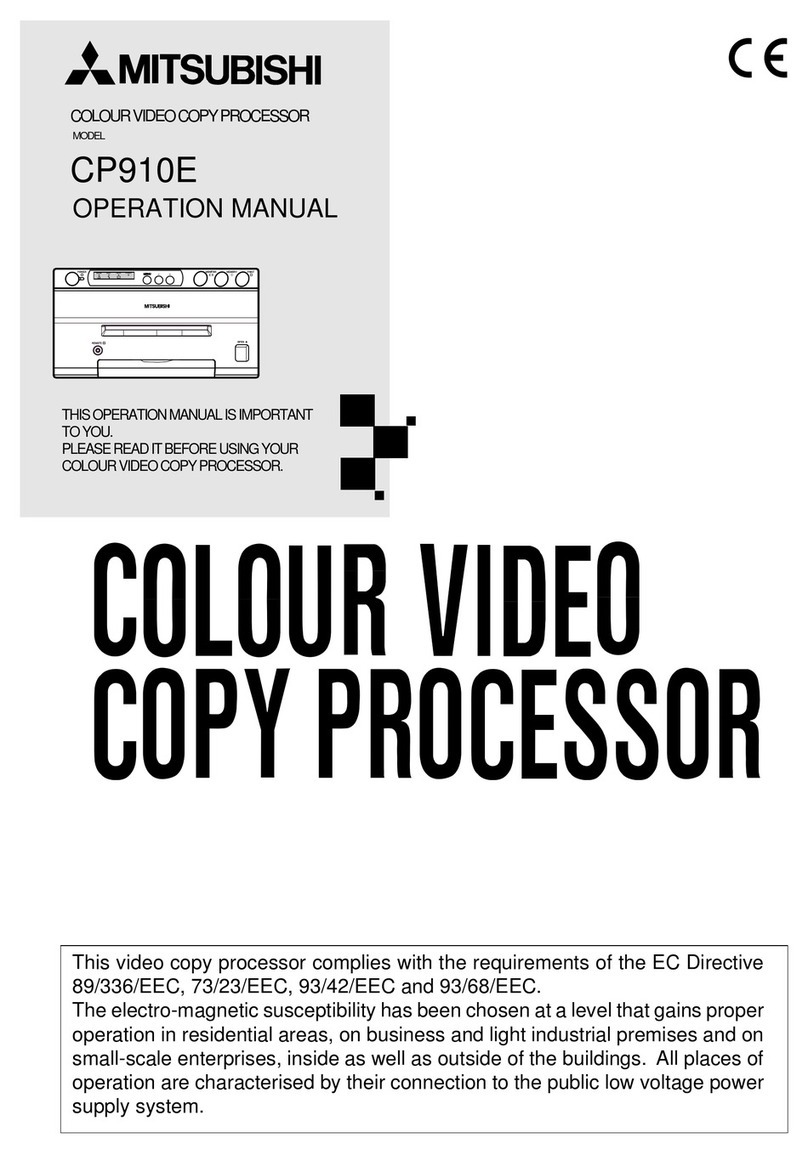
II
Table of contents
<Addressing Mode>
Immediate.................................. 7
Accumulator .............................. 8
Zero Page ................................. 9
Zero Page X ...........................10
Zero Page Y ...........................11
Absolute................................... 12
Absolute X .............................. 13
Absolute Y .............................. 14
Implied ..................................... 15
Relative.................................... 16
Indirect X................................. 17
Indirect Y................................. 18
Indirect Absolute ....................19
Zero Page Indirect .................20
Special Page .......................... 21
Zero Page Bit .........................22
Accumulator Bit ......................23
Accumulator Bit Relatibe.......24
Zero Page Bit Relative..........25
<Instructions>
ADC ..........................31
AND ..........................32
ASL ...........................33
BBC...........................34
BBS ...........................35
BCC ..........................36
BCS...........................37
BEQ ..........................38
BIT ............................39
BMI............................40
BNE...........................41
BPL ...........................42
BRA...........................43
BRK...........................44
BVC...........................45
BVS ...........................46
CLB ...........................47
CLC ...........................48
CLD ...........................49
CLI ............................50
CLT ...........................51
CLV ...........................52
CMP .......................... 53
COM..........................54
CPX...........................55
CPY...........................56
DEC ..........................57
DEX...........................58
DEY...........................59
DIV ............................60
EOR ..........................61
INC............................62
INX ............................63
INY ............................64
JMP ...........................65
JSR ...........................66
LDA ...........................67
LDM ..........................68
LDX ...........................69
LDY ...........................70
LSR ...........................71
MUL ..........................72
NOP ..........................73
ORA ..........................74
PHA...........................75
PHP...........................76
PLA ...........................77
PLP ...........................78
ROL...........................79
ROR .......................... 80
RRF...........................81
RTI ............................82
RTS ...........................83
SBC...........................84
SEB ...........................85
SEC...........................86
SED...........................87
SEI ............................88
SET ...........................89
STA ...........................90
STP ...........................91
STX ...........................92
STY ...........................93
TAX ...........................94
TAY ...........................95
TST ...........................96
TSX ...........................97
TXA ...........................98
TXS ...........................99
TYA .........................100
WIT .........................101

